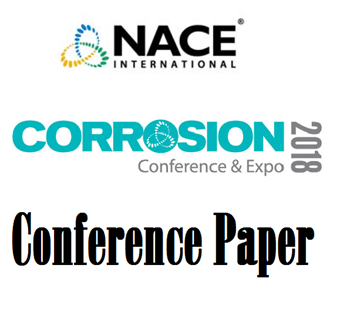Search
Effect of Cyclic Torquing on the Corrosion Resistance and Nut Factor Consistency of Coated High- Strength Steel Bolting
Also Purchased
Nickel-Cobalt Electroplating as a Protection Against Environmentally Assisted Cracking of Coated High-Strength Steel Bolts in Seawater
Product Number:
51319-13270-SG
Publication Date:
2019
$20.00
51318-10524-Probabilistic Performance Assessment of Bolts Used in Oil and Gas Drilling and Production Systems
Product Number:
51318-10524-SG
Publication Date:
2018
$20.00
51316-7828-Evaluation of Test Techniques for Determining Susceptibility Nickel Based Alloys to Hydrogen Assisted Cracking in Seawater with CP Conditions
Product Number:
51316-7828-SG
ISBN:
7828 2016 CP
Publication Date:
2016
$20.00




